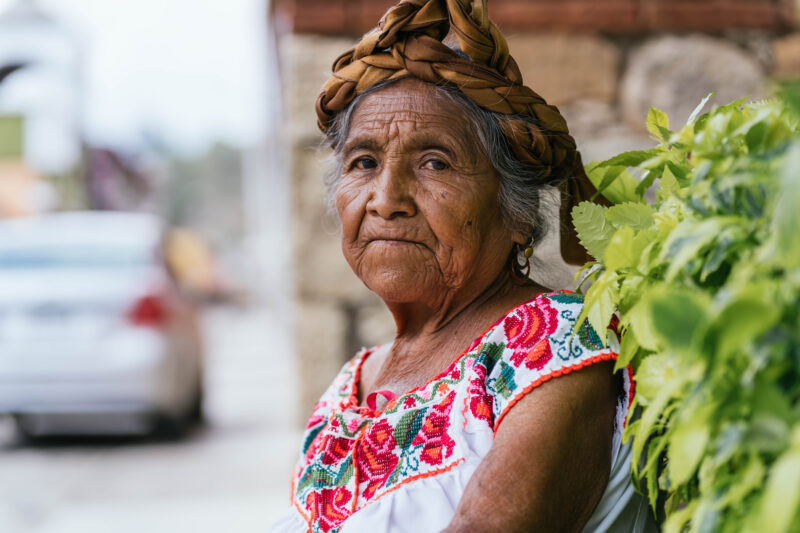The population of both the United States and Mexico is aging rapidly, yet new research shows the two countries are not keeping up when it comes to dementia care.
The United States Census projects the population aged 65 and over in 2050 will be 83.7 million, almost double the estimated over 65 population of 43.1 million in 2012. And Mexico’s population aged 65 and older is expected to grow by a whopping 277%, from 8.2 million in 2015 to over 30 million by 2050. Unfortunately, many of the older citizens of both the United States and Mexico aren’t getting the care they need if they have dementia or a dementia-related illness.

Study shows shortcomings in available dementia care
Jacqueline Angel, a professor at the University of Texas LBJ School of Public Affairs, is the lead author of a study that found both countries have shortages in high-quality private homes for dementia care and primary care physicians who focus on geriatric care. In Mexico City, for example, only two care centers currently focus on dementia care. While care centers are more plentiful in U.S. cities,, the financial constraints of many families make them out of reach.
The shortage of dementia care in rural communities in both countries is a serious problem. Families find themselves struggling with the combined responsibilities of earning a living, caring for children, and at the same time, caring for aging parents who have declining intellectual and physical capabilities.
While the United States offers far greater resources than Mexico for support and medical care, those resources diminish dramatically in both countries as you go farther into the countryside and lower-populated areas. Finding a way to expand support to those places will make a big difference.
Financial challenges of dementia care
It’s true the Mexican states bordering the United States have many more options available for senior living and, along with that, dementia care—but many people in those communities are American expats who move to Mexico to find a lower cost of living. In Los Angeles, for example, the average cost of dementia care residential living is $7,157 per month. In Mexico, the average price is one-third of that. The majority of Mexican families can’t afford the cost of full-time dementia care in their country, just like the average Los Angeleno can’t afford it in their city.
Insurance coverage for dementia care is also lacking, Angel said.
“In both countries, the traditional employment-based private health insurance system has left many older individuals without any coverage or adequate coverage when they need it most,” she said.
Expanding coverage in both countries for dementia care would do a lot to ease the burden, both financially and personally, for families with someone who has dementia or Alzheimer’s.

Implement policies that focus on women
In most situations, particularly in Mexico, the work of caregiving falls on the shoulders of women. Angel believes public policy should focus on women to change how both countries care for their older population, particularly the millions who have dementia.
“Because women bear most of the caregiving responsibilities and costs and present a higher risk of dementia, policies should aim to alleviate these stark gender differences in care burden,” she said.
Women also have a more significant incidence of dementia than men do: Globally, women outnumber men in dementia cases two to one.
This University of Texas study received funding from the National Institute on Aging and the Hogg Foundation for Mental Health.

